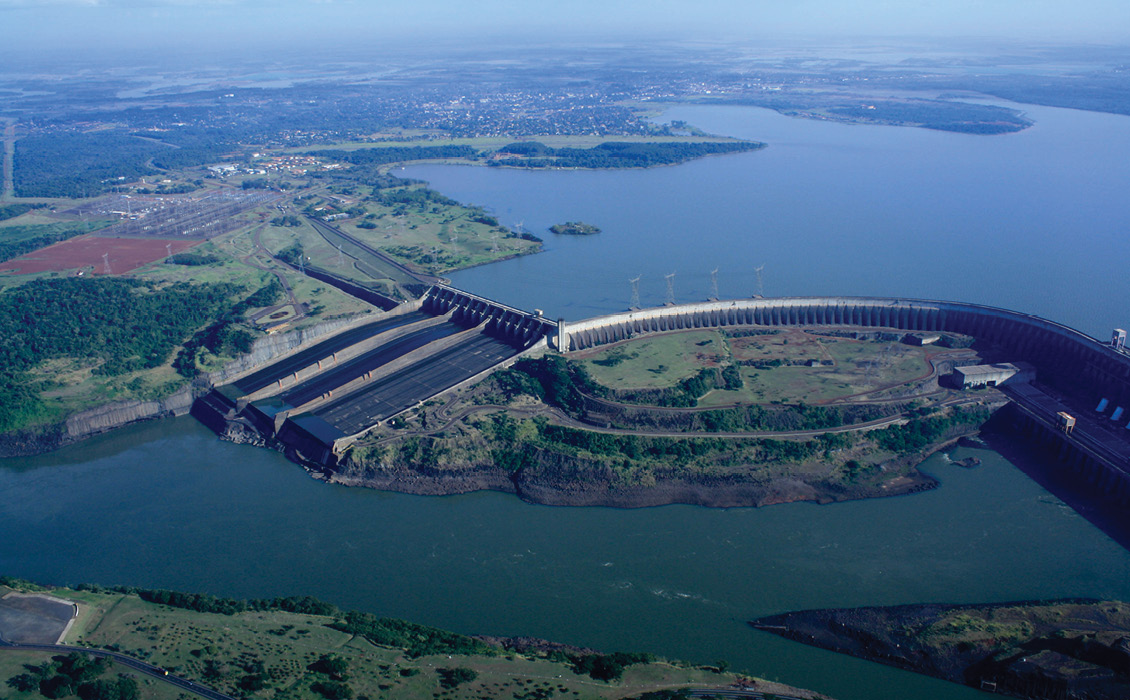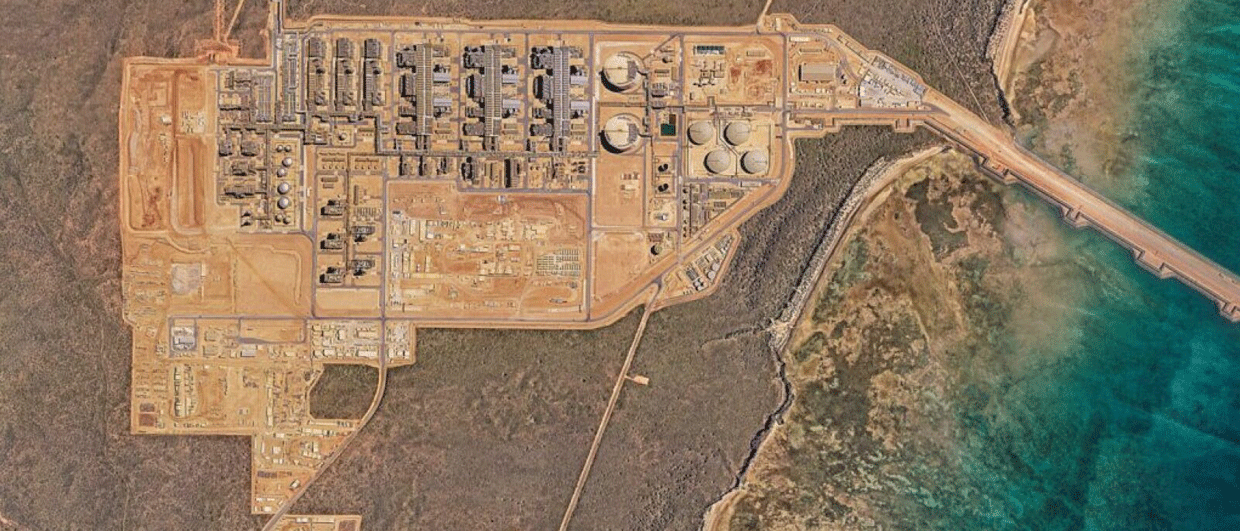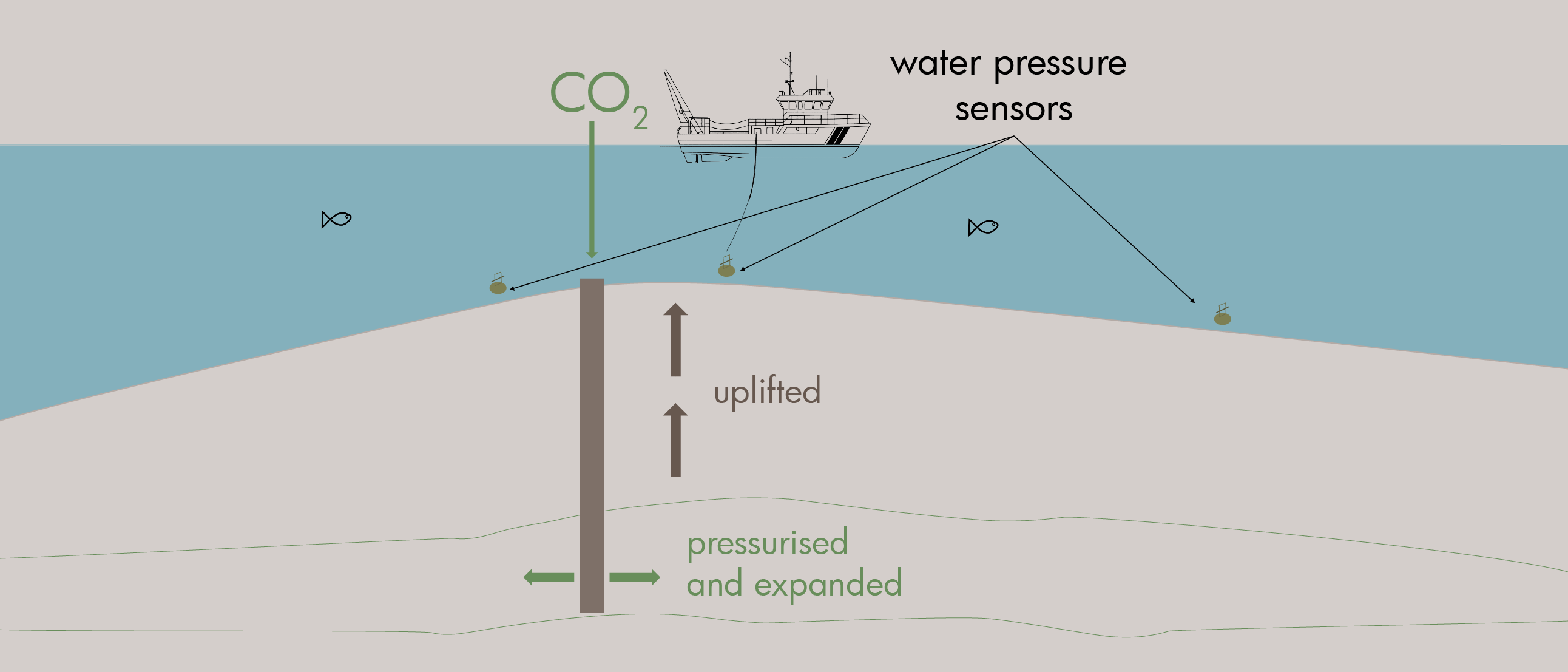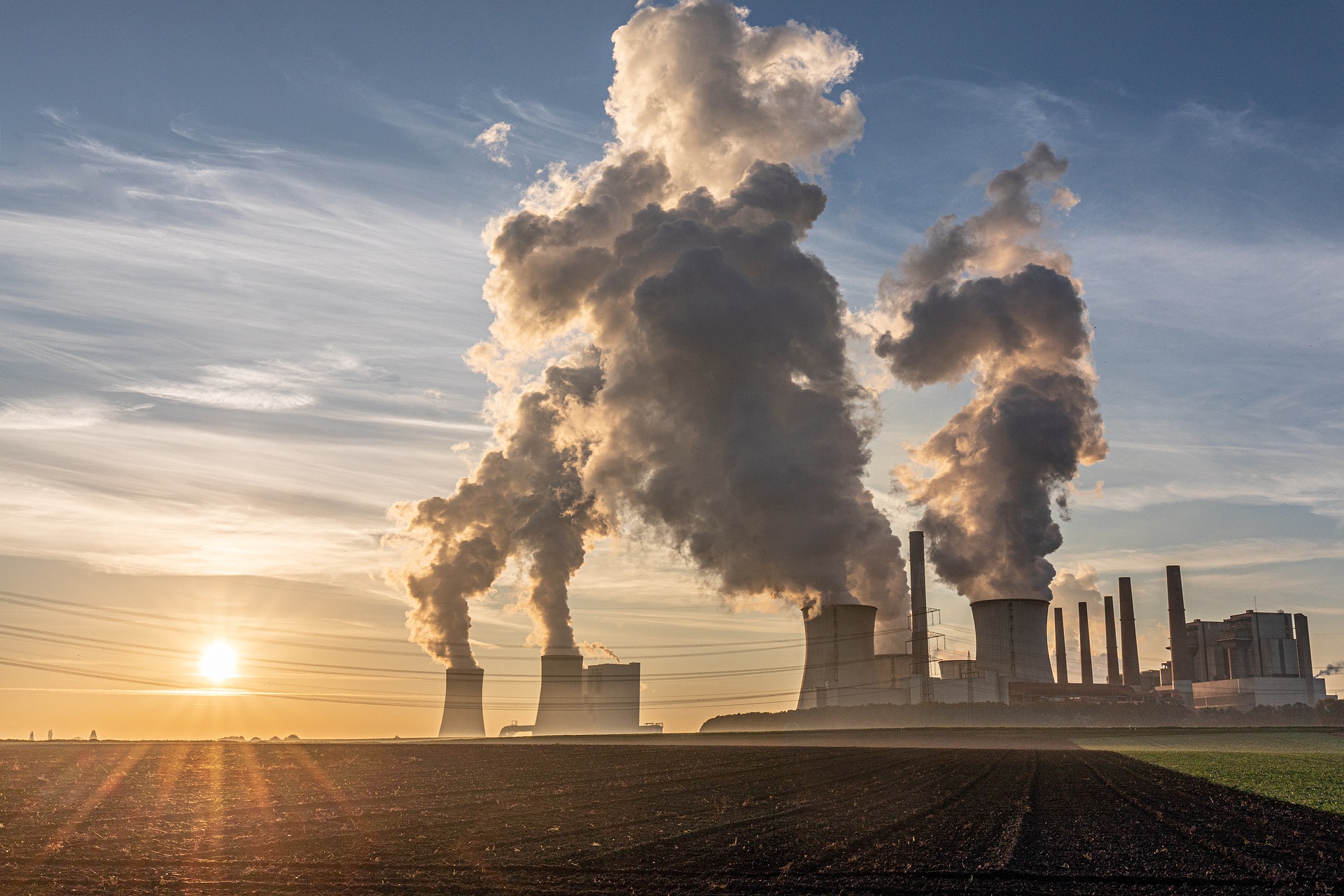In many ways, Brazil is well ahead in the energy transition game. Its energy matrix is already 45% renewable and it has enough untapped resources to significantly increase that proportion. It is also a world leader in ethanol for use as an alternative to petrol and diesel.
Yet despite these green credentials, Brazil’s approach to energy transition remains confused, with the present government showing little political will to make the changes necessary to keep carbon emissions at an acceptable level.
Flex-fuel Cars Rule
The oil price shocks in the 1970s motivated Brazil to develop a cheaper, alcohol-based fuel sourced from abundantly available sugarcane, requiring just a minor adjustment to regular gasoline engines. The government used loans and tax breaks to encourage everyone from sugarcane growers and distillers to car manufacturers and drivers to come on board with the initiative. The ‘flex-fuel’ nature of the vehicles meant that consumers could take advantage of changes in prices for commodities; a greener and cheaper solution for drivers.
Brazil has developed a highly efficient agricultural system for sugarcane cultivation and is now the world’s second-largest ethanol producer, representing 25% of total ethanol used globally as fuel. Bagasse, the dry fibrous material that remains after crushing sugarcane, provides the power for the process, so most ethanol distillers are energy self-sufficient, increasing both the competitiveness and the green credentials of the process. Ethanol, which can also be made from corn, replaces gasoline/petrol in cars, while biodiesel, derived from vegetable oil such as soy and palm, can be used instead of fossil-fuel derived diesel. In 2018 over 70% of light vehicles in Brazil used ethanol fuel, and by 2040, 24% of all liquid fuel consumed in Brazil is expected to come from biofuels.
While the prominent use of biofuel is praiseworthy, it is not without issues. It stimulates sugarcane and, to a lesser extent, soy monoculture at the expense of food production, especially by large organisations, and pushes out smaller producers. There are also major concerns over using land for biomass; it is not a sustainable resource if it changes, disturbs or destroys natural ecosystems, particularly through deforestation, as discussed below.
Progress with Renewable Power
Brazil also has abundant other sustainable resources available. Hydroelectricity, for example, already accounts for over 66% of the country’s electricity generation, having started in 1983 with the building of the giant Itaipu Dam on the Paraná River dividing Brazil and Paraguay. There is plenty of untapped hydro potential but the majority is in the north, while the main demand centres are in the south-east. In addition, climate change is affecting Brazil through a reduction in river flow in recent years; the percentage of electricity derived through hydroelectricity dropped by 10% in 2021 as a result of droughts. Hydropower can be a seasonal resource; but on the positive side, the use of reservoirs means it is possible to effectively ‘store’ electricity for use when intermittent supplies like wind and solar are not available.
Solar power is relatively new in Brazil, with the first major solar farms only opening in 2017, although at the time they were some of the largest in the world. Total installed solar power was estimated to be about 10.3 GW in mid-2021, generating approximately 1.46% of the country’s electricity demand, having doubled its share in just three years. The use of wind for electricity started in 2007 and has grown steadily, contributing 9% of the power generation supply in 2019. There are an estimated 750 wind farms and over 10,000 turbines but, like hydropower, much of the resource is located in the north-east of the country, away from major centres of population. Brazil has not yet built any offshore wind farms, but will probably include offshore areas in upcoming energy auctions as it offers good potential. Both wind and solar can provide electricity in Brazil more economically than fossil fuels.
Some energy is supplied by two nuclear power plants, but the proportion contributed into the energy mix has not changed much in recent years. A third reactor is under construction, due to be completed later this decade.
Brazil possesses some of the important energy transition minerals, including 20% of the world’s graphite resource, second only to China. It has significant lithium reserves, predominantly from high quality hard rock pegmatites, producing 1,900 tonnes in 2020, up from 300 tonnes the previous year. It also holds about 21 million tonnes of rare earth metals – again only exceeded by China – but only a very small amount is produced.
The Rainforest is Burning
So, with a predominantly non-fossil fuel road transport system, an efficient and largely renewable electric sector, and plenty of untapped renewable resources, surely Brazil is a shining light in the energy transition pathway?
However, in addition to its plentiful energy resources, Brazil holds two-thirds of the Amazon rainforest, one of the world’s most important carbon sinks. Large-scale deforestation for agriculture and logging has taken place in the Amazon for the last 50 years, with some respite between 2002 and 2016, when global outcry at this devastation resulted in the development of national parks and indigenous reserves, with protections stringently enforced. The rate of deforestation dropped dramatically.
That changed when Jair Bolsonaro came to power in 2019 with an agenda that included exploiting the rainforest for agricultural gain, predominantly cattle ranches and soy cultivation (hence the connection with biofuels). In his first two years in office alone over 25,000 km2 of rainforest was destroyed, much of it in lands allocated to the indigenous people but, with no budget for park protection, there is little to stop the indiscriminate chopping and burning. Even more worrying, it appears that the Amazon rainforest is now emitting more carbon dioxide than it is able to absorb, mostly through these deliberate fires. As the rainforest declines, the forest’s dry season increases, triggering further warming and drying, killing trees and potentially causing the entire ecosystem to shift from rainforest to savanna.
Bolsonaro did make some rather vague concessions at the COP26 climate conference, including committing to end illegal deforestation by 2030 – yet to be legally formalised – and moving the date for becoming carbon neutral from 2060 to 2050. However, Brazil’s new climate plan, announced at the conference, is actually a step backwards compared to the previously agreed agenda; for example, the aim to reduce annual deforestation to 8,670 km2 by 2022 is a 15% larger area than achieved in 2018 and a long way from the previously agreed target for 2020 of 3,925 km2.
Although an avowed climate change denier, Bolsonaro did advocate expanding wind and solar energy generation and reducing the use of coal and oil – but then cut state subsidies in these fields in 2021.
Emissions Rising
This approach to the Amazon rainforest means that Brazil’s emissions rose rapidly in the last couple of years. Deforestation and forest fires alone accounted for 46% of the country’s total emissions in 2020, up 9.5% on the previous year, despite the Covid pandemic.
With its head start in renewables for cost-effective electricity supply and transport and its abundant natural resources, Brazil could be a leader in the energy transformation and even export clean energy to neighbouring countries. At the moment, unfortunately, it appears to be heading in the opposite direction.







